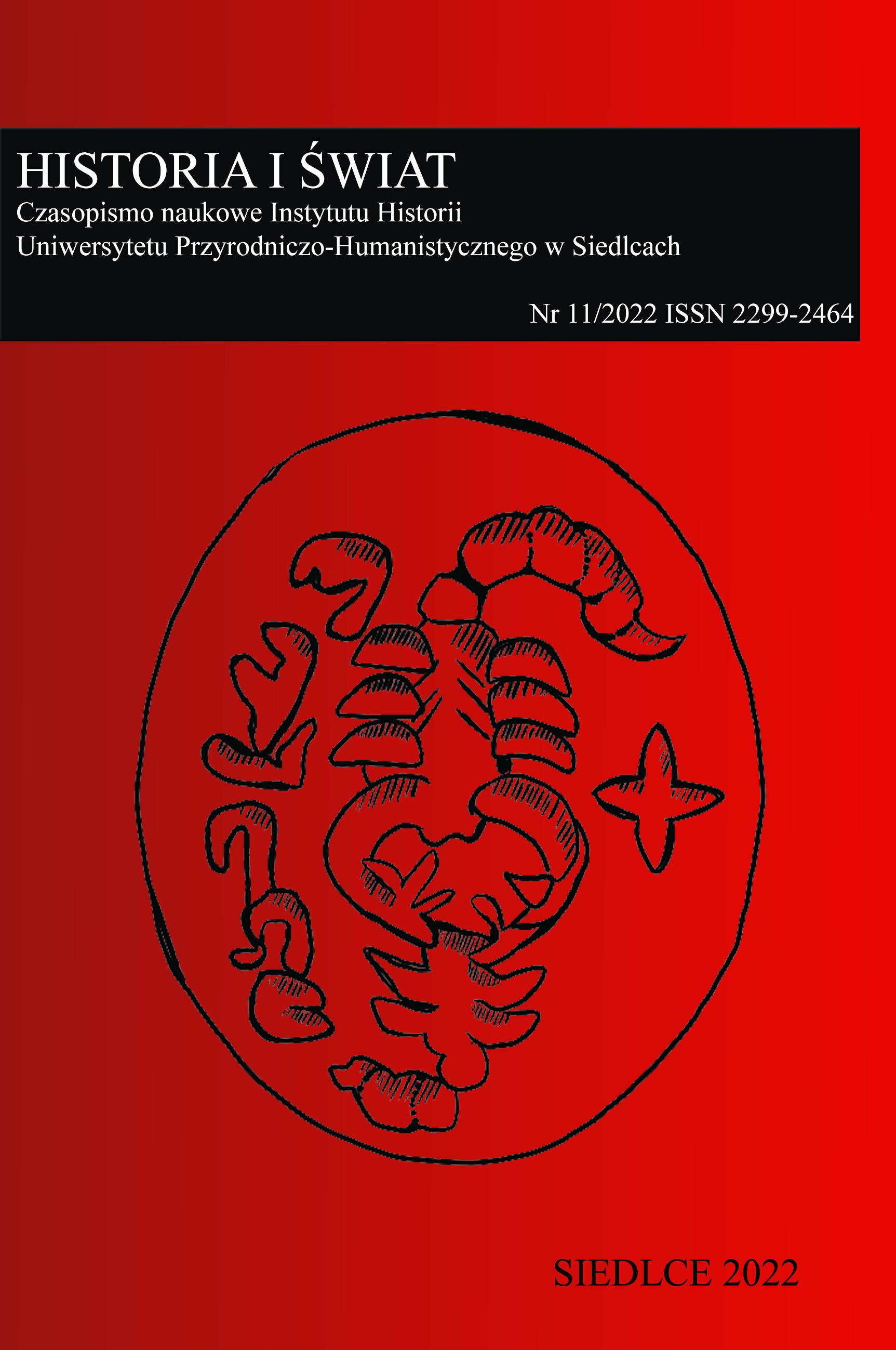Consequences of the Battle of Satala (298)
DOI:
https://doi.org/10.34739/his.2022.11.08Keywords:
Sasanians, Iran, Rome, Armenia, Wars, Satala, Narseh, Diocletian, Nisibis, Shapur II, Peace TreatyAbstract
The priority for the Sasanid rulers was to eliminate from the throne of Armenia, the Parthian Arsacid dynasty, linked by blood ties to the formerly abolished Iranian ruling dynasty. In 298, the Battle of Satala took place in Armenia, in which the Roman army commanded by Caesar Galerius won a crushing victory over the Sassanian troops headed by King Narseh. The Romans captured huge amounts of booty and captured the Persian royal family. The campaign ended with a peace treaty very favourable to Rome, in which Narseh renounced Trans-Tigritania, pledged non-intervention in Armenia, and recognised the Roman protectorate in Iberia. The revision of the so-called Treaty of Nisibis was the foundation of the Persian-Roman wars in the 4th century carried out by Shapur II. In this study, it is aimed to give information about the effect of the Battle of Satala on the beginning of the Persian-Roman wars in the 4th century and its results.
Downloads
Downloads
Published
Issue
Section
License
Copyright (c) 2022 Historia i Świat

This work is licensed under a Creative Commons Attribution-NoDerivatives 4.0 International License.




